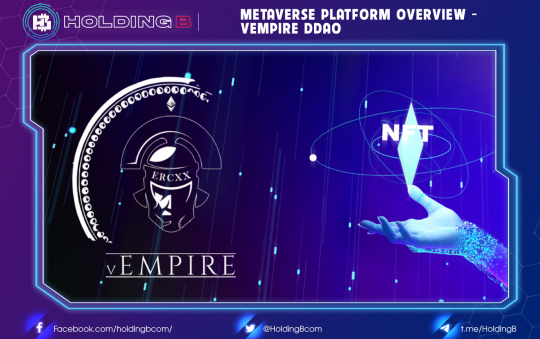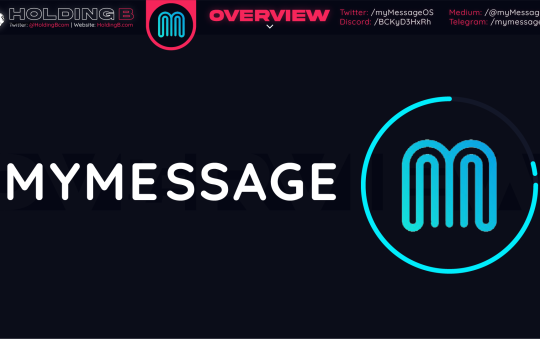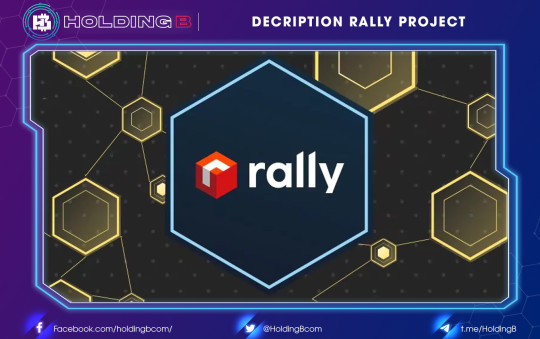When participating in the crypto market, building a healthy portfolio is essential. A healthy, disciplined portfolio will help you minimize risks, maximize profits and easily monitor your investment strategy to see if it is right, from there making appropriate adjustments.
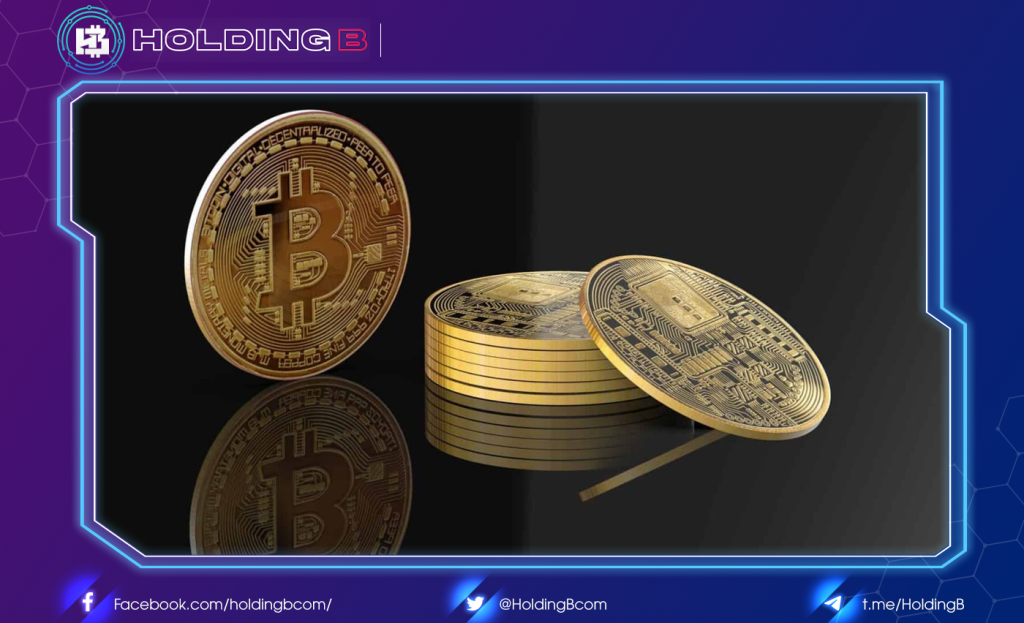
What is a Crypto Portfolio?
A crypto portfolio is a collection of coins or tokens owned by an investor or trader. Portfolios often contain a variety of assets, including altcoins, BTC, and crypto-financial products such as NFTs, in-game items, and more.
Each person will have their own method of portfolio management, some using spreadsheets, others using specialized tools and software. Tracking tools are essential for day-traders and other short-term traders, but they also provide value for long-term investors and HODLers. Owning a portfolio tracking tool is essential because you will frequently have many different wallets in many different ecosystems, as well as put money on CEX exchanges such as Binance, Kucoin, and others. If you don’t pay close attention, you won’t know where your money has gone, and you’ll be unable to keep a close eye on its movements.
Some rules in building a Portfolio
- Divide your portfolio into three categories: high, medium, and low risk investments, and scale them accordingly. A portfolio that contains a large portion of high-risk investments is certainly not a balanced portfolio. It may have a chance to give you bigger profits, but it can also cause big losses.
- Consider holding some stablecoins to help your portfolio’s liquidity. Many DeFi platforms rely on stablecoins, which can help you quickly and easily lock in profits or get rid of some irrational investments.
- Rebalance your portfolio if necessary; don’t stick to certain tokens or coins because you’ve already lost. The cryptocurrency market is very volatile and your decisions need to be changed depending on the current situation.
- Allocate new capital strategically to avoid concentrating too much of your portfolio’s resources in a single area. If you have recently made a big profit on a certain token, you may want to put some more money in. Don’t let greed get in the way, and think about where you could better put your money.
- Before making an investment decision, conduct your own research. You’re investing your own money, so don’t just rely on other people’s advice.
- Invest only what you can afford to lose. Your portfolio is not properly balanced if you feel stressed about it. If things go wrong, your position should not have serious consequences for the brothers.
Cryptocurrencies on the market
- Stablecoin
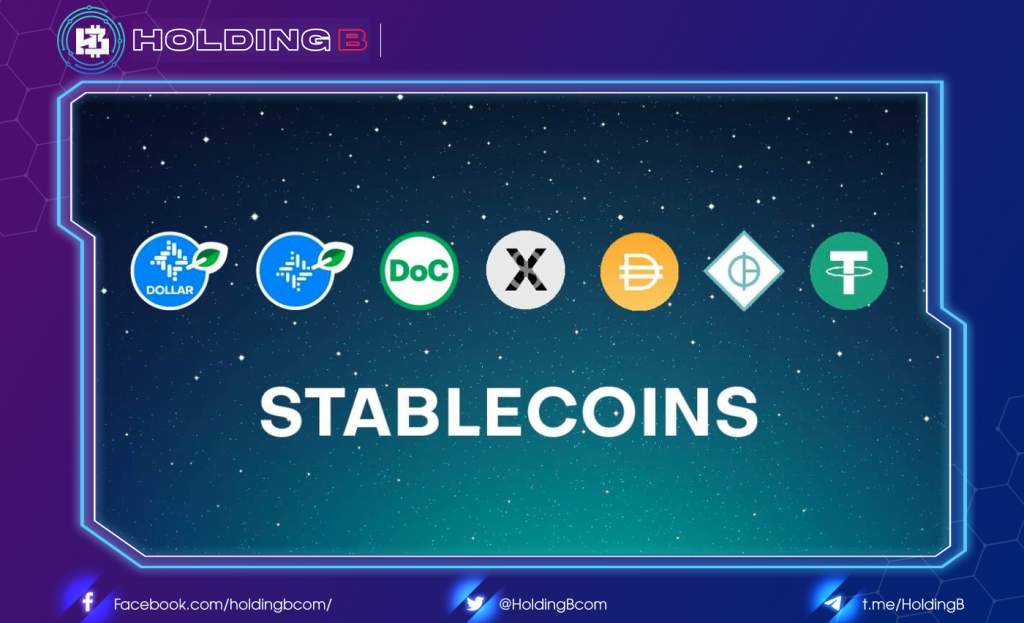
A stablecoin whose value is pegged to an underlying asset such as a fiat currency or precious metal. For example, BUSD is pegged to the US dollar with reserves set at a 1:1 ratio. PAX Gold (PAXG) uses a currency linked to the price of an ounce of gold held in reserve. While stablecoins are not always profitable, they always provide stability.
The cryptocurrency market is always volatile, so having something in your portfolio that holds its value is helpful. If stablecoins were pegged to something outside of the crypto ecosystem, the drop in the crypto market wouldn’t affect them. If you want to take a profit or stop a loss on one token of a particular project, you can quickly convert it to a dollar-backed stablecoins like BUSD to protect your gains. Besides, compared to moving from project tokens to fiat money and switching from project tokens to stablecoins, switching to stablecoins will be much simpler.
- Security Token

Just like traditional security, security tokens can represent many things. It could be equity in a company, bonds issued by a project, or even voting rights. Securities have been effectively digitized and included on the blockchain, which means they are mostly subject to the same regulations. For this reason, security tokens are under the jurisdiction of local regulatory authorities and must go through a regulatory process prior to issuance.
- Payment coin

These days, it’s hard to find new coins that mainly trade in payments. But if you go back to the birth of cryptocurrencies, most projects are systems for transferring value. Bitcoin is the most famous example, but there are also Ripple (XRP), Bitcoin Cash (BCH) and Litecoin (LTC). These coins were the first generation of cryptocurrencies that existed before Ethereum and the advent of smart contracts.
- Utility token

Utility tokens act as the key to a service or product. For example, BNB and ETH are both utility tokens.
Among other things, you can use them to pay transaction fees when interacting with decentralized applications (DApps). Many projects issue their own utility tokens to raise funds during the offering (ICO, IDO, IEO, etc.). The value of the token must have a direct link to its utility value.
- Governance token

By holding governance tokens, you can get voting rights on a project and even a share of the revenue. You will most likely find these tokens on decentralized finance (DeFi) platforms like PancakeSwap, Uniswap, or SushiSwap. Like utility tokens, the value of governance tokens is directly related to the success of the underlying project.
By the end of 2021, DAO projects will be growing, and governance tokens will be more popular and well-known.
Some reputable portfolio tracking tools
A Portfolio Tracker is a program or service that allows you to track the movement of your holdings. You can see if your current allocation aligns with your long-term goals and track progress. Here are some examples you can consider:
- CoinMarketCap
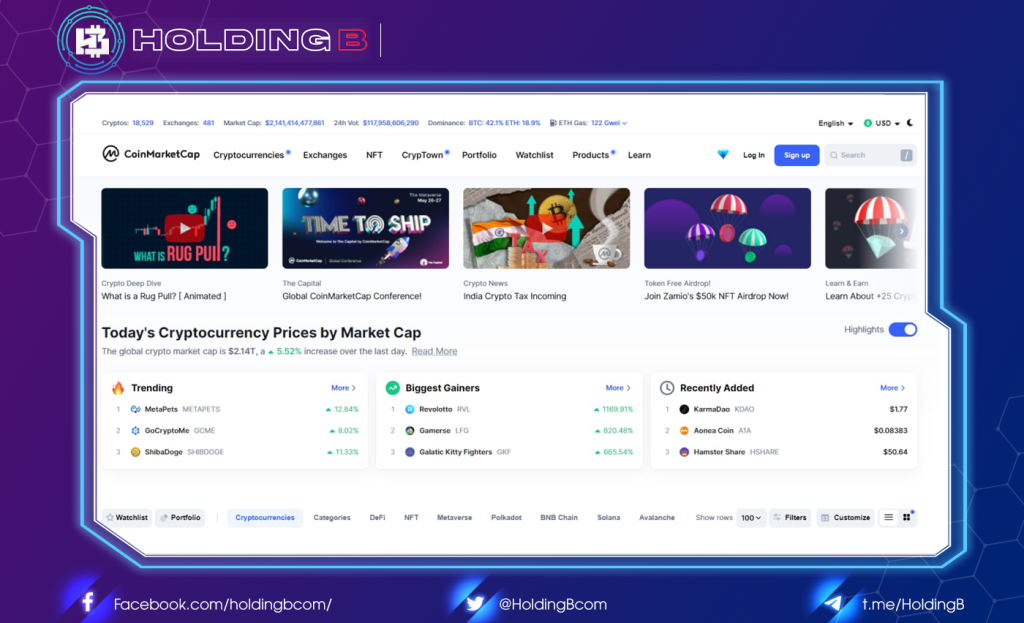
CoinMarketCap is an extremely popular price tracker that has developed its own portfolio feature. The Portfolio tracker is available for free on desktop and mobile devices. To use the portfolio tracker, you need to add your holdings manually as it does not connect to your wallet or exchange. There is also the option to add to the price you bought to accurately track your profits.
- CoinGecko

CoinGecko is primarily known for its cryptocurrency price tracking feature, but it also has a portfolio option. It’s free to use and available on your browser or mobile device. If you are already a regular CoinGecko user, the tracking tool is well worth a try.
- Delta

Delta is a mobile application that allows you to view your crypto portfolio and traditional investments simultaneously. It can connect to 20 exchanges and a variety of wallets, including Binance. There are both free and paid versions, but you cannot transact within the app.
See ya in the next article !
Don’t forget to follow useful articles about Crypto Market from team Holding B !!!
- Telegram Channel: https://t.me/HoldingBcom
- Telegram Group: https://t.me/HoldingB
- Website: https://holdingb.com/
- Twitter: https://twitter.com/HoldingBcom
- Facebook: https://www.facebook.com/holdingbcom


